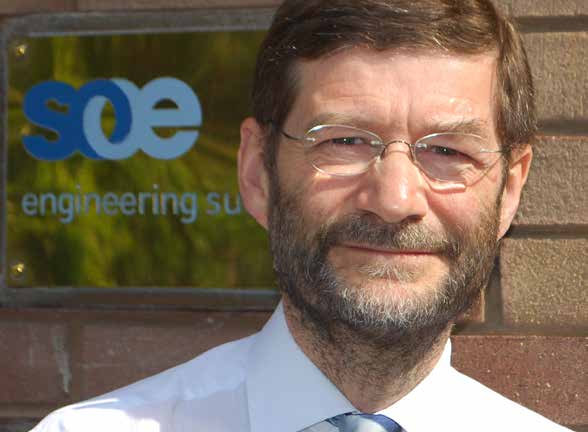A new research paper from the Society takes a fresh look at some of the steps currently being taken to tackle global warming – and warns that some of them do not lower the amount of atmospheric CO2 and often, in fact, increase it.

The paper says that, without more thorough analysis, we could find ourselves on an “inefficient and unsustainable” route to reducing the amount of atmospheric CO2.
The paper, produced by a group of members from all the professional sectors and available here, suggests that actions such as going “all electric”, increasing the use of hydrogen and installing equipment to remove CO2 from the atmosphere could remain inefficient ways of reducing atmospheric CO2 until all electricity generation becomes CO2 emission-free in the first place.
In addition, some of the currently promoted actions, like using carbon offsets and switching from fossil fuels to carbon-based renewable energy such as biofuels, are not having an entirely positive impact.
Greater focus needs to be placed on measuring the rate of CO2 flowing out of the atmosphere against the amount that is flowing in.
The paper says that the question needs to be asked “By how much did we lower the amount of CO2 in the atmosphere today?”. That day should be thought of as the first day we can now take action.
Group member Ian Jackson CEng FSOE FIPlantE (pictured) said: “The answer itself must be based on honest, rigorous and accurate measuring and reporting of the total actual amounts of CO2 entering and leaving the atmosphere, together with the actual change in the amount of atmospheric CO2.”
Questions that need to be asked include how does human action affect the rate of CO2 leaving the atmosphere? And how can we increase that flow of CO2 out of the atmosphere?
Ian said: “We need to increase our general understanding of how and why CO2 enters the atmosphere. In particular, we need to understand how the everyday use of equipment by us all results in extra CO2 entering the atmosphere and, crucially, how this can be reduced or even ended.
“The paper does not look at the rights or wrongs of the global warming and climate change debate. It takes no political position. Nor does it take a position on the impact that different levels and rates of CO2 has on temperature, weather or the environment.
“Its purpose is to determine how levels and rates of atmospheric CO2 can be measured accurately and to set out the role that the operations engineer has to play in managing them.”
Click here to read the white paper

